VHO - The Hue Monuments Conservation Center announced that on World Heritage Day, November 23, the Thai Hoa Palace in the Hue Imperial Citadel relic complex will officially open, helping many tourists and locals access this valuable heritage destination after a period of restoration.
The opening of another destination after the Kinh Thien Palace project and many other conservation areas in Hue Citadel shows that the organization of Hue cultural heritage conservation is taking place smoothly and effectively.
There is a small point of note that happened in “cyberspace” when the Thai Hoa Palace reopened. A group of young people who love simulation games, simulation models and cyberspace registered to cooperate with the Hue Monuments Conservation Center to launch a toy collection called “De Do Archaeology”.
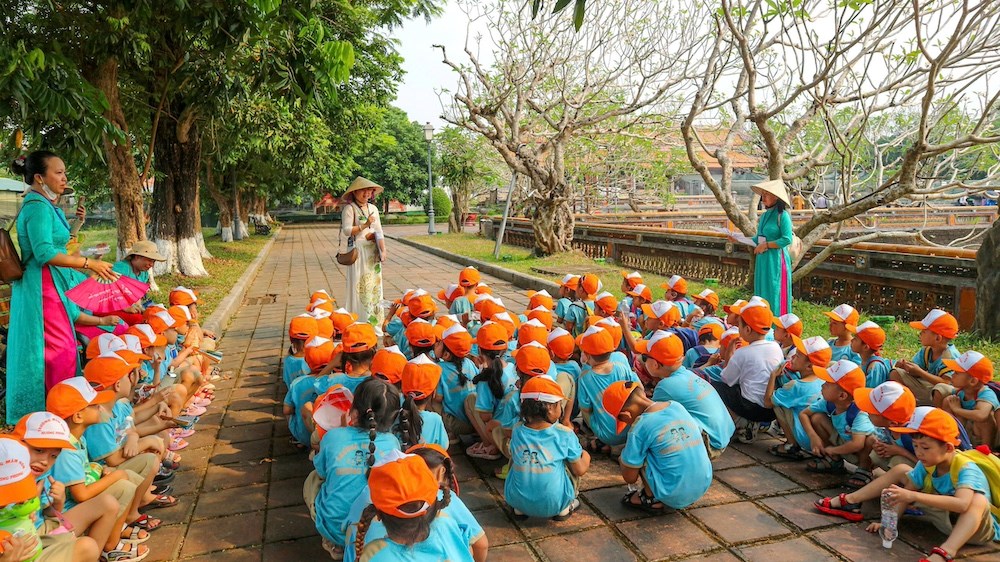
This group simulated the manufacture of some objects from the model of the "four treasures" of the ancient capital of Hue: Dai Hong Chung in Thien Mu Pagoda, Khau Ha in the Nine Divine Cannons, Cao Dinh in the Nine Urns and the Nguyen Dynasty's throne to make plastic toys, put them in sealed boxes.
Players will randomly buy these toy boxes, not knowing the specimens inside, to take home as a collection. On these toys, there will be QR codes, players can use to look up and know more information about the simulated treasures.
This is an idea to create more souvenirs, based on the trend of "blind bag game" which is popular among young people today, to stimulate and inspire young people to approach and understand more clearly about national cultural heritage artifacts.
According to the Hue Monuments Conservation Center, the approach to heritage through games, in the form of a unique souvenir, is very creative and needs to be promoted to create more opportunities and conditions for young people and a large number of tourists to come to Hue heritage sites, to grasp, experience, and understand the heritage values.
“Opening product lines, helping to transform historical and cultural stories to a large number of young Vietnamese people and international friends, is a very reasonable way to simulate heritage culture,” said a media representative of the Hue Monuments Conservation Center.
In the coming time, the Center will continue to approach proposals and ideas from groups of authors and production units to increase opportunities for cooperation, produce "simulated" artifacts, products that help "entertainment and learning" suitable for the tastes and inspiration of the majority of people, the public and young people to promote and communicate heritage better.
Not stopping there, according to the Hue Monuments Center, an in-depth investment direction in heritageeducation has recently been implemented by this unit, through organizing field trips and tours for students.
Ms. Hoai Huong, an officer at the Hue Monuments Center, who is in charge of the heritage education program for youth and students in Hue, said that the Center has coordinated with a number of primary schools, secondary schools and universities to bring students closer to the heritage.
Through documents, information guides, reference books, etc., this activity directly provides data about heritages in the ancient capital of Hue to many young people. Along with the information, according to the schedule, the Center organizes to take young people in Hue to visit and experience heritage destinations.
“This open direction of educational awareness, which we are organizing, and if we can combine it with other interactive sources such as games, social media trends, product groups, and other simulation areas, will certainly yield positive results,” Ms. Hoai Huong commented.
Mr. Huynh Dinh Quoc Thien, Director of Da Nang Museum, shared that the story about heritage communication that Hue is doing is actually part of the investment and construction that the Da Nang and Quang Nam cultural sectors are implementing. For example, in the Hai Van Quan restoration project, the two cultural sectors of Thua Thien Hue and Da Nang have a quite drastic joint action program to put this relic into operation, serving tourism and the public.
But the important issue does not stop at this one destination, but through cooperation, stories about war history will gradually be evoked and opened up, and "heritage spaces" such as Dien Hai citadel, Hue ancient capital heritage complex will be "big studios" for researchers, literary creators, cultural organizations to participate, changing the public's approach to heritage.
Mr. Thien described: “We are building a 5D film studio at the Dien Hai citadel relic to partly recreate the historical images of the 1858 war. Tourists and the public will attend to watch the stories there and if they are supplemented with simulated models, games, and challenges from youth trends, the image and value of the heritage and museums will certainly be much better.”
According to artist Nguyen Thuong Hy, if these heritage spaces are further expanded with historical stories about the trading port of Hoi An, the history of Hue Citadel, and cultural imprints, spiritual destinations, and religious worship in the lives of the people of Quang, in the ancient capital region, the lessons about heritage and heritage conservation will clearly no longer be strange to life.
Obviously, in the minds of cultural researchers, the issue of heritage conservation is not simply limited to research areas, artifact displays or antiquities museums.
How to bring what remains from the past to penetrate more deeply and enthusiastically into young people and contemporary life is an urgent issue, deserving of attention and the combined efforts of many resources, investment sources, and especially management work and the application of social intelligence.
With the trend of global integration and increasingly modern digital life, the cultural industry is in dire need of building a direction for heritage preservation with new approaches, more attractive lessons and stories, and especially, from practical actions and specific items.
Source: https://baovanhoa.vn/van-hoa/bai-3-da-dang-hoa-huong-tiep-can-di-san-chinh-la-cuoc-song-112414.html


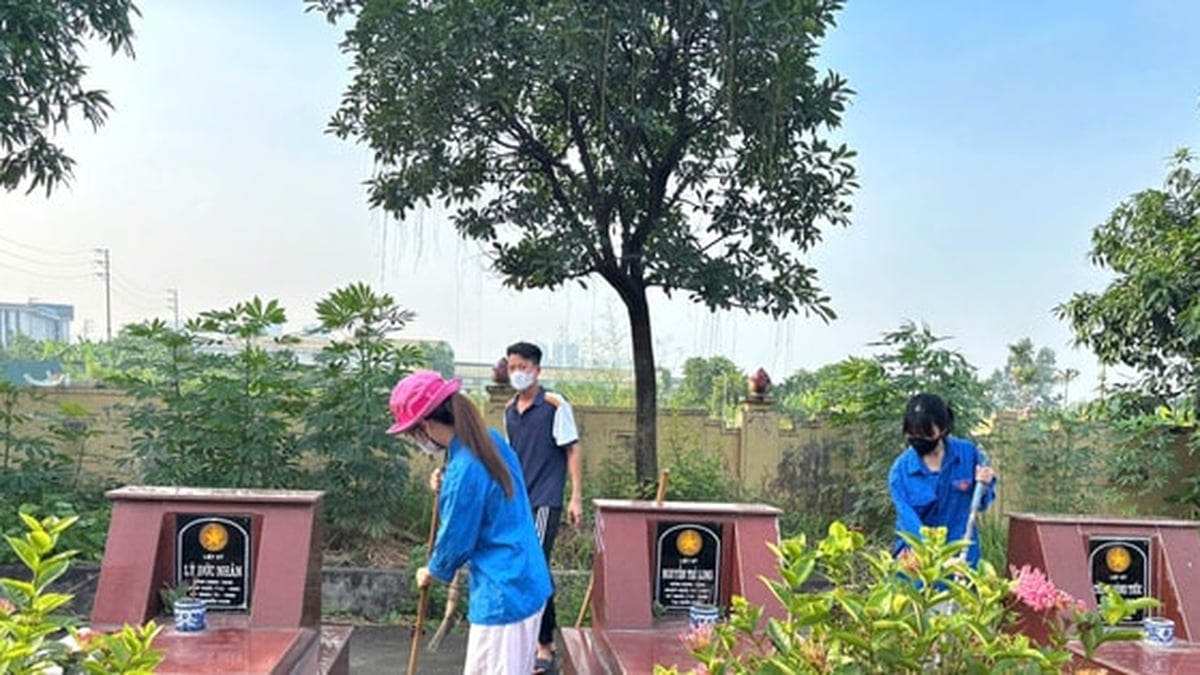
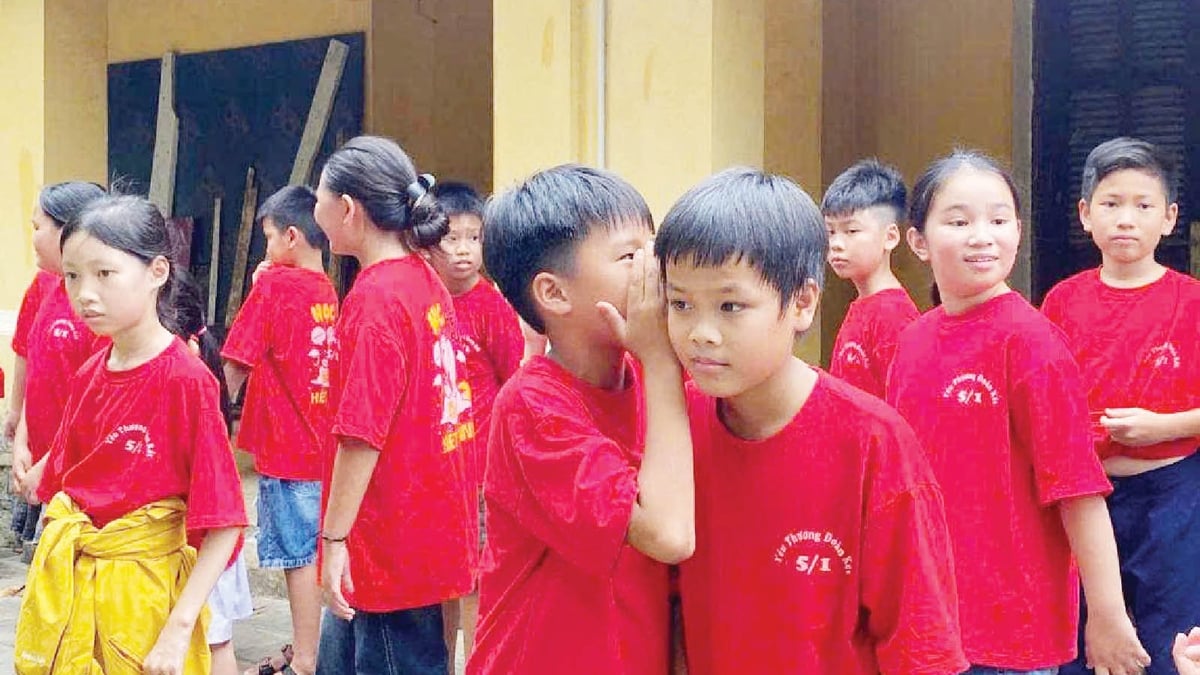
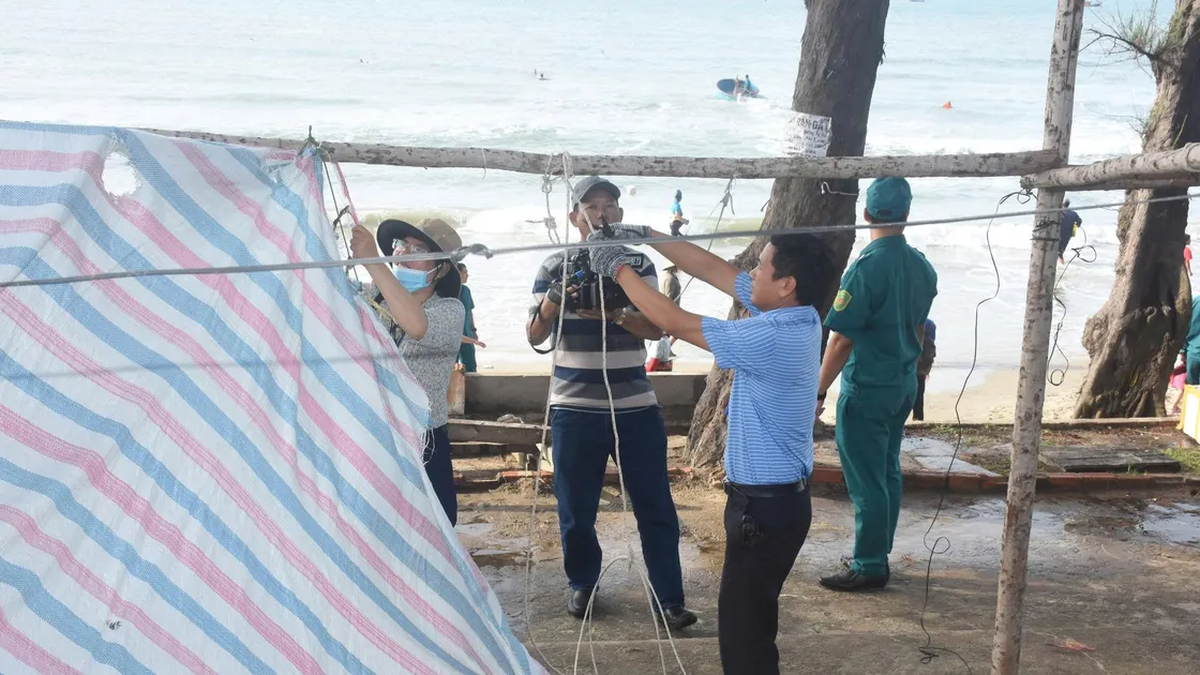

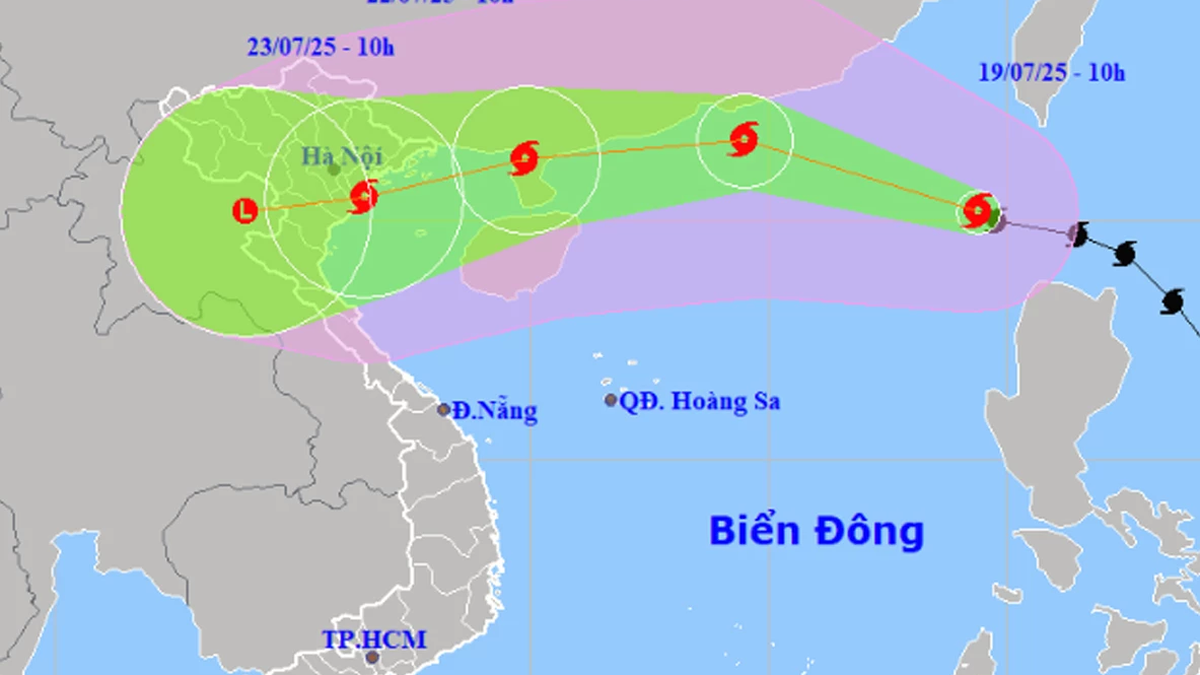
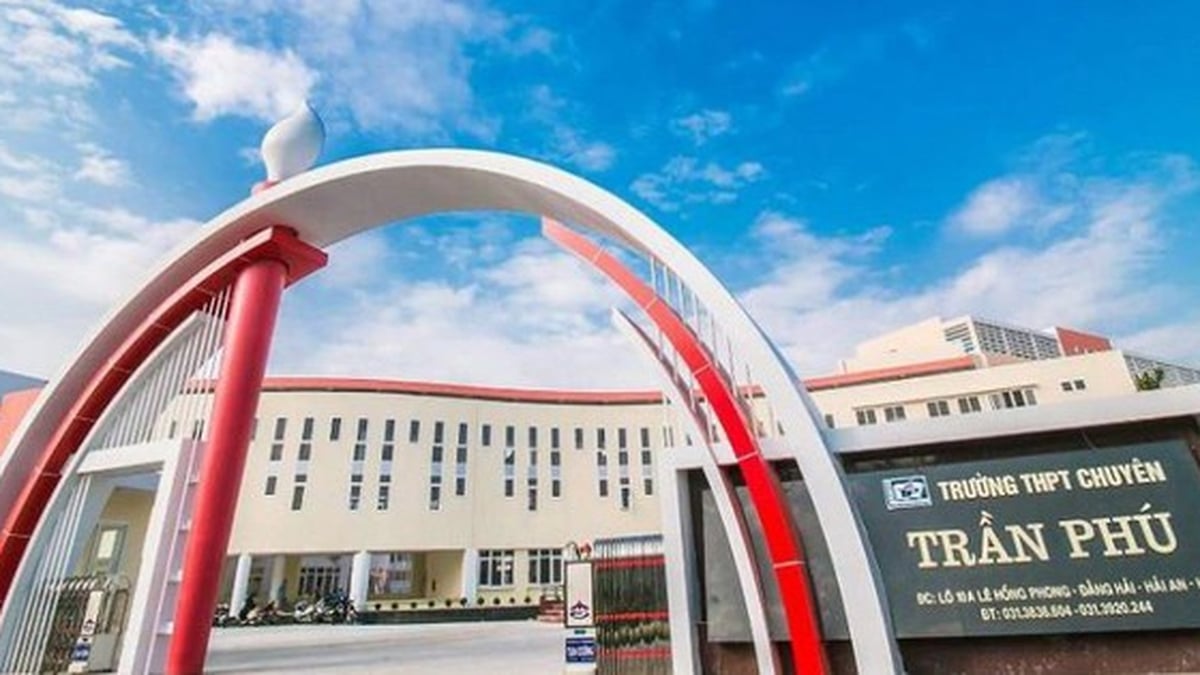
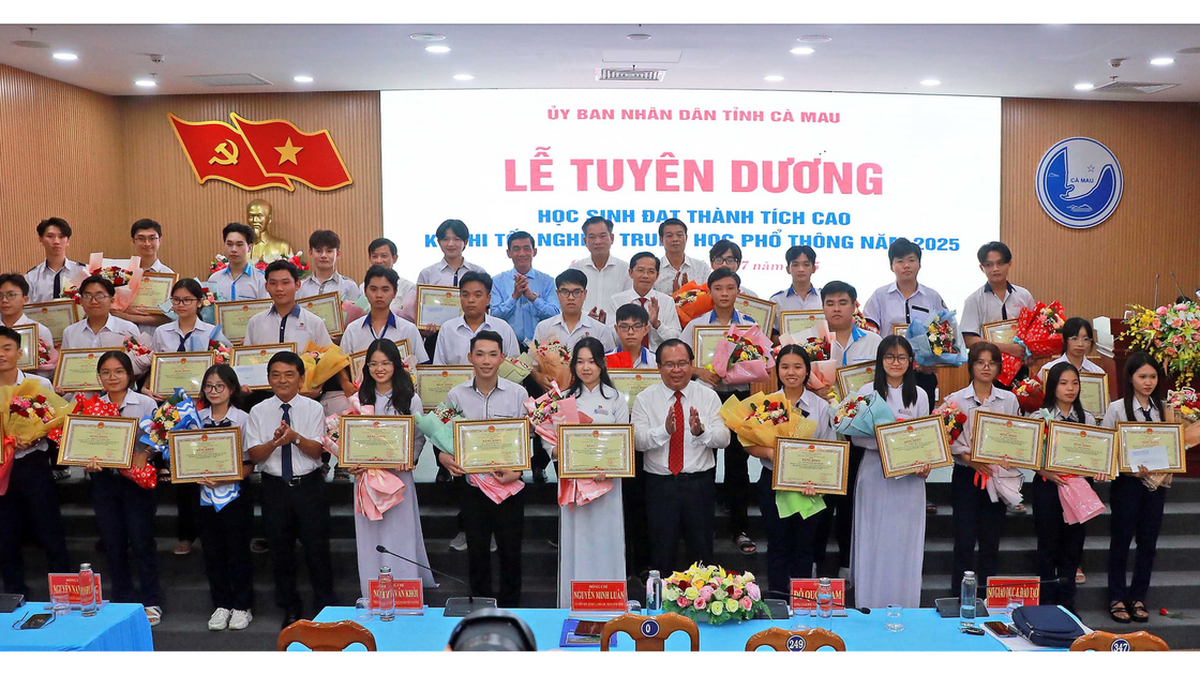
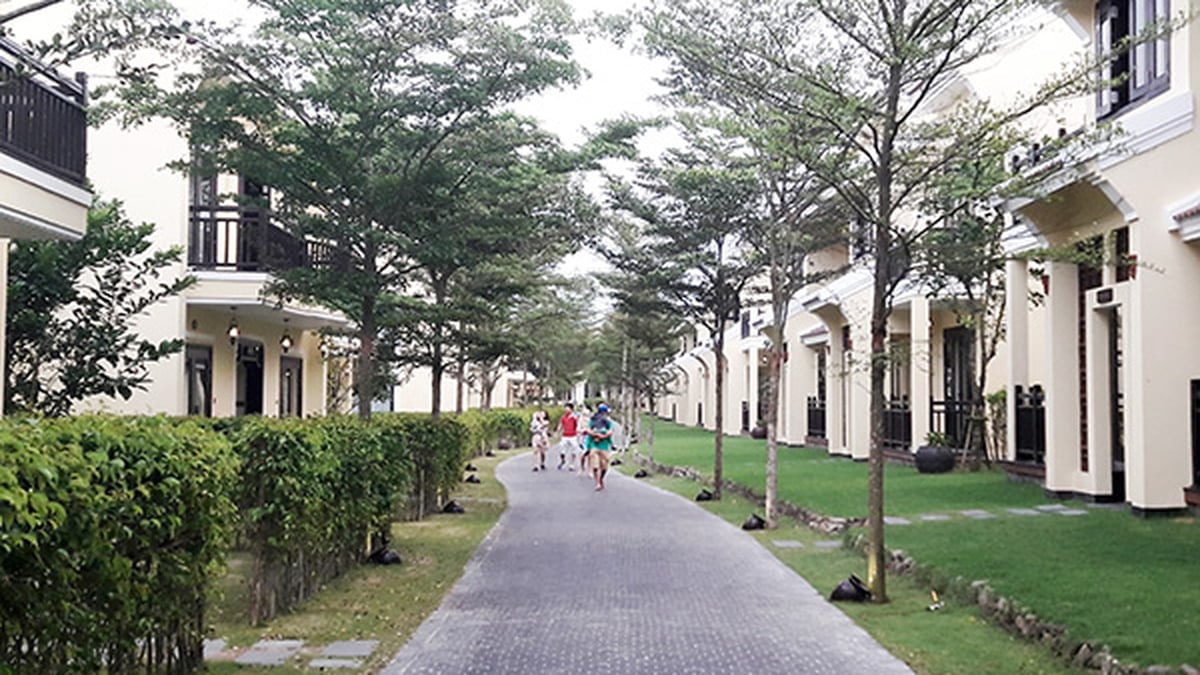
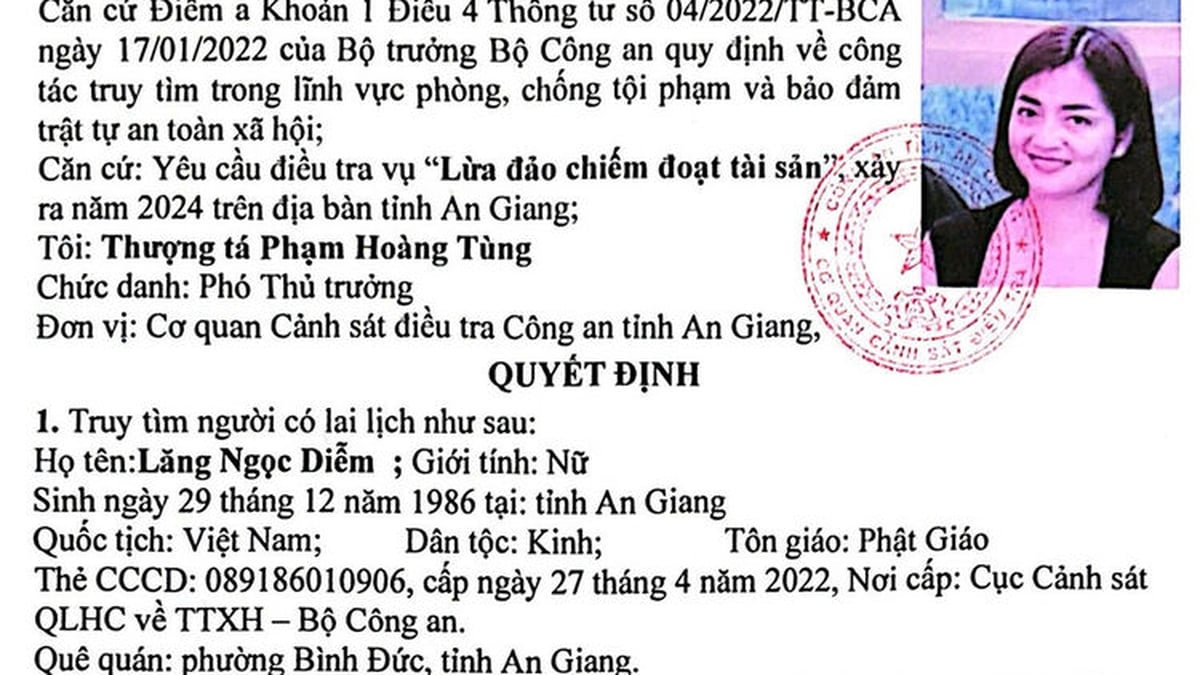
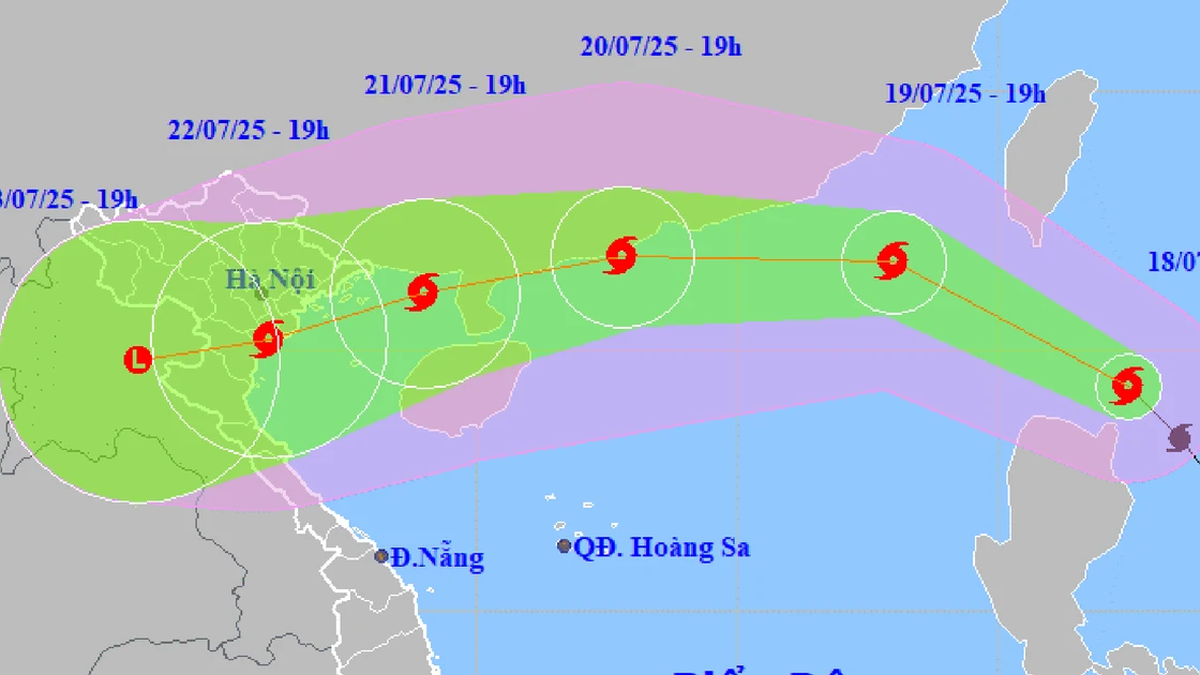



















































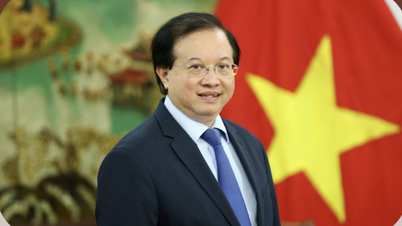
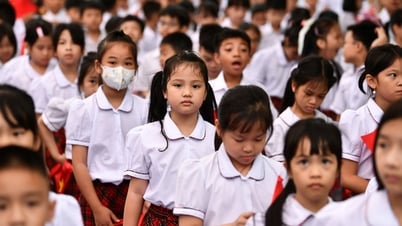
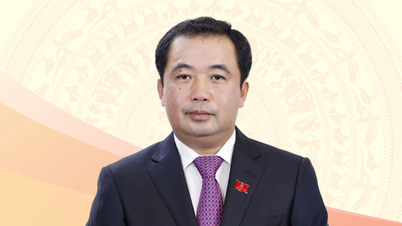
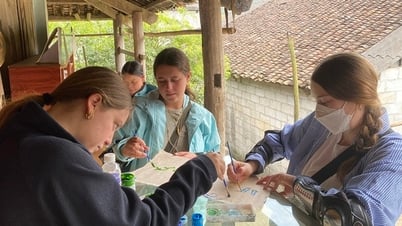

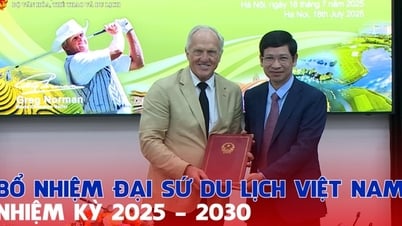


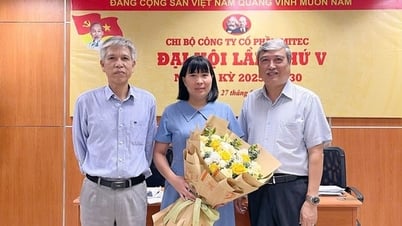


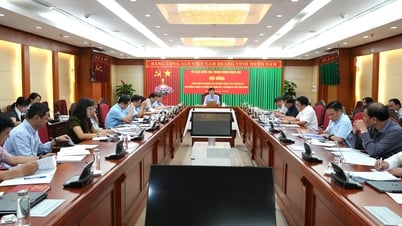
























Comment (0)